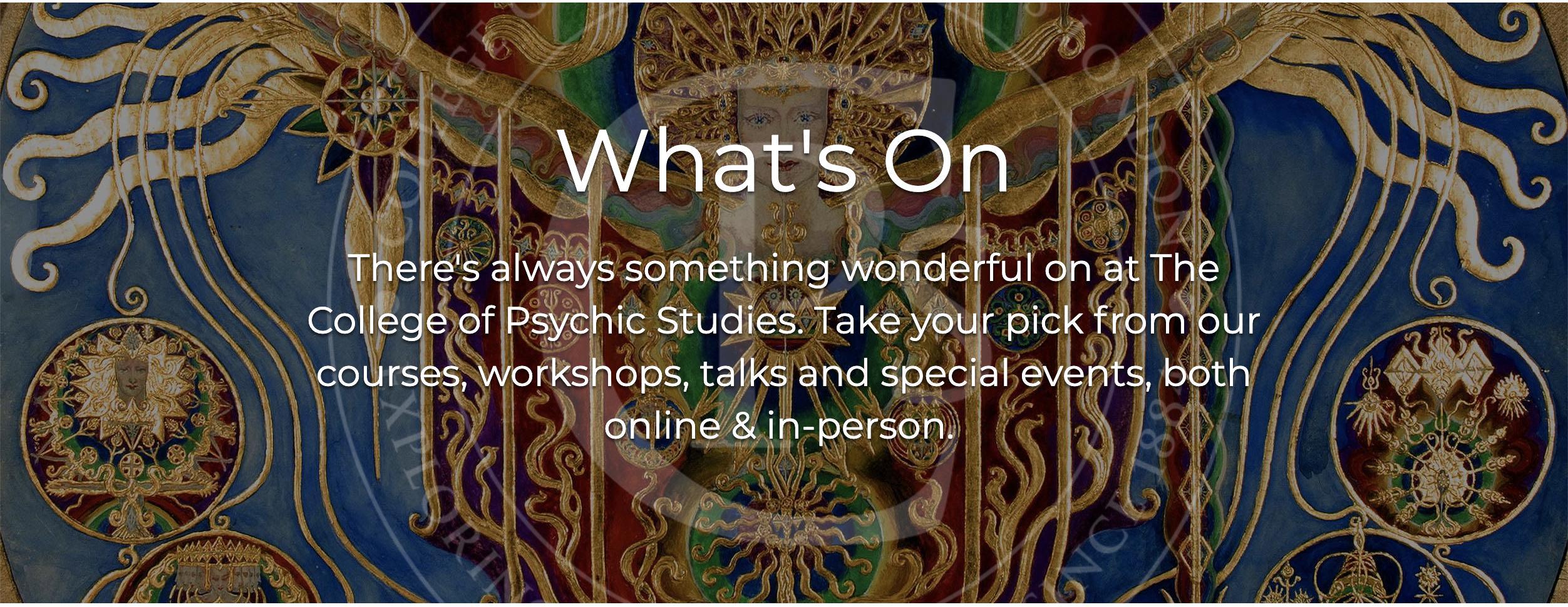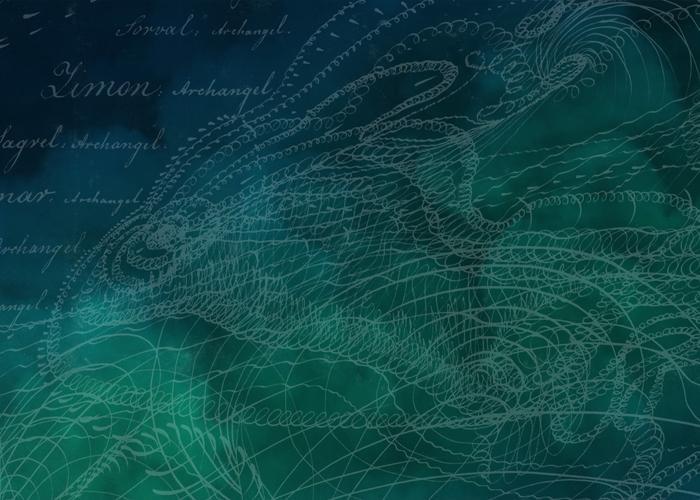Have you ever hiked up Glastonbury's Tor and felt the immense energy in St Michael's tower at its peak? Or perhaps you've wandered through one of London's Victorian cemeteries - Highgate or Brompton - and sensed the powerful atmosphere. You may even have visited The College of Psychic Studies and felt into its serenity, cultivated by the years of healing and meditation that have taken place within these walls. If you have sensed the spirit or energy of a place, you have experienced psychogeography.
What is psychogeography?
Psychogeography is a fascinating concept that explores the effects of places on our psyche, emotions and behaviours. It originated from the Situationist International movement in the 1950s, and merges psychology, spirituality, geography, and urban exploration to deepen our understanding of how space and place impact our human experience. The idea of psychogeography is to understand how different urban landscapes and geographical spaces can influence us.
How to 'do' psychogeography
In practical terms, psychogeography is done by walking - or rather 'drifting' - through a place. There's no set destination, we simply allow the environment to guide our experience. This approach uncovers hidden aspects of a place. It also brings us into a deeper sense of presence. As we break away from our conventional scripted route from 'A' to 'B', we become more mindful of feeling into the thoughts, impressions and sensations that arise as we wander.
Psychogeography & psychic development
Of course, we know that every place has a deep effect on us. Compare how we feel in the centre of a city to how we feel in a remote village, for example. For many, the psychogeographical effect is subconscious. We might be vaguely aware that we feel a little unnerved or unsettled by a place, or perhaps we feel very safe and nurtured. Psychogeography gets really interesting when we start to bring this awareness into sharp focus. Remaining present with the feelings, sensations and impressions that arise when we enter a space or walk through a neighbourhood is an excellent way to sharpen our intuition. Indeed, psychogeography can be a powerful tool of self-development for us students at The College of Psychic Studies.
Applying psychogeography to ley lines
One of the most fascinating applications of psychogeography is through ley lines. Ley lines are energetic alignments that connect significant ancient sites, megaliths and monuments. These important landmarks are positioned along straight, etheric lines that map the landscape. The concept of ley lines was coined by Alfred Watkins, a British antiquarian, in the 1920s. He observed that many ancient sites in the British countryside appeared to be aligned in straight lines. Watkins theorised that these might have been ancient trackways or routes used for trade or spiritual purposes. These lines continue to bear the energetic imprint of a deep history embedded in the collective consciousness.
Everything is energy, and that energy can be sensed. Just as we, as individuals, have our unique energetic signature, so too does the land carry its own imprints. Psychogeography is a gateway to sense into and understand these imprints. It's a fascinating art, and is an inspiring reminder that 'Not all those who wander are lost.'
See What's On at The College of Psychic Studies:

Join our newsletter to keep connected with The College of Psychic Studies.




